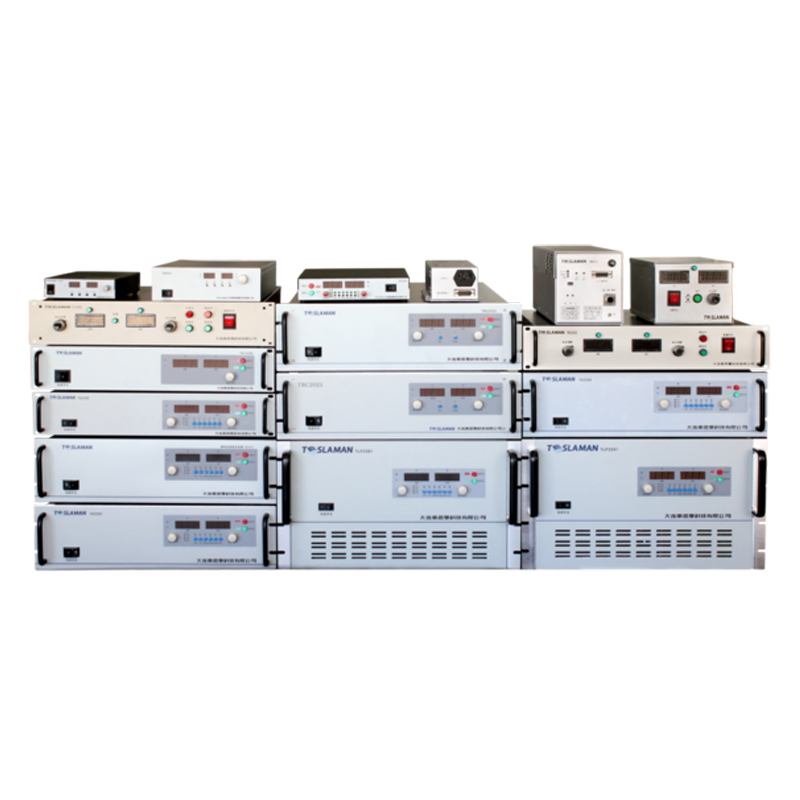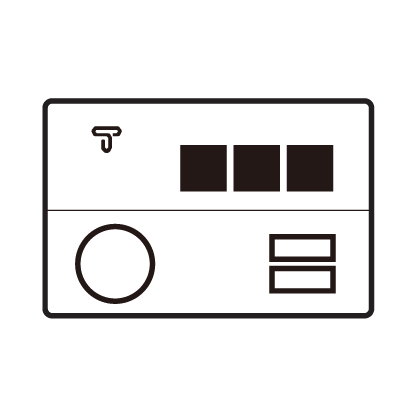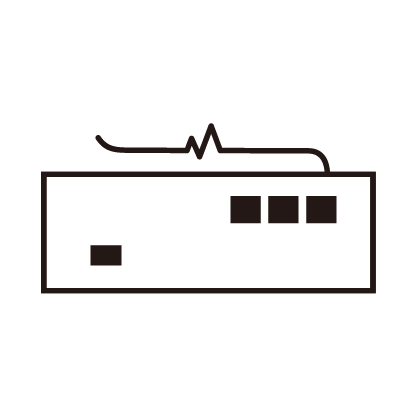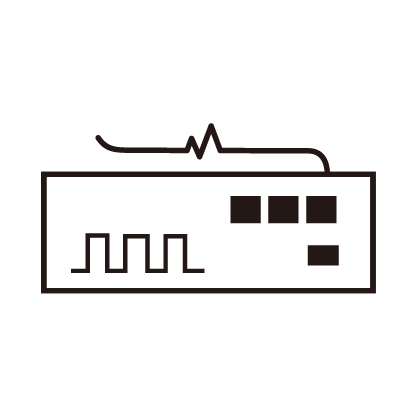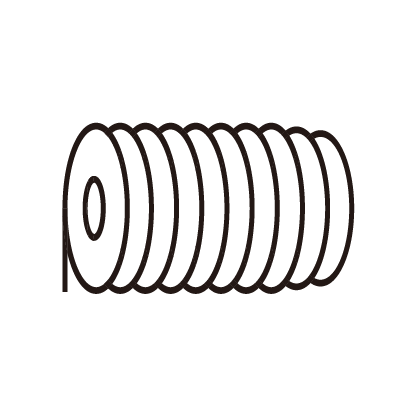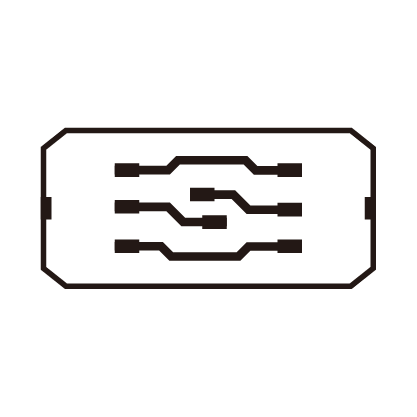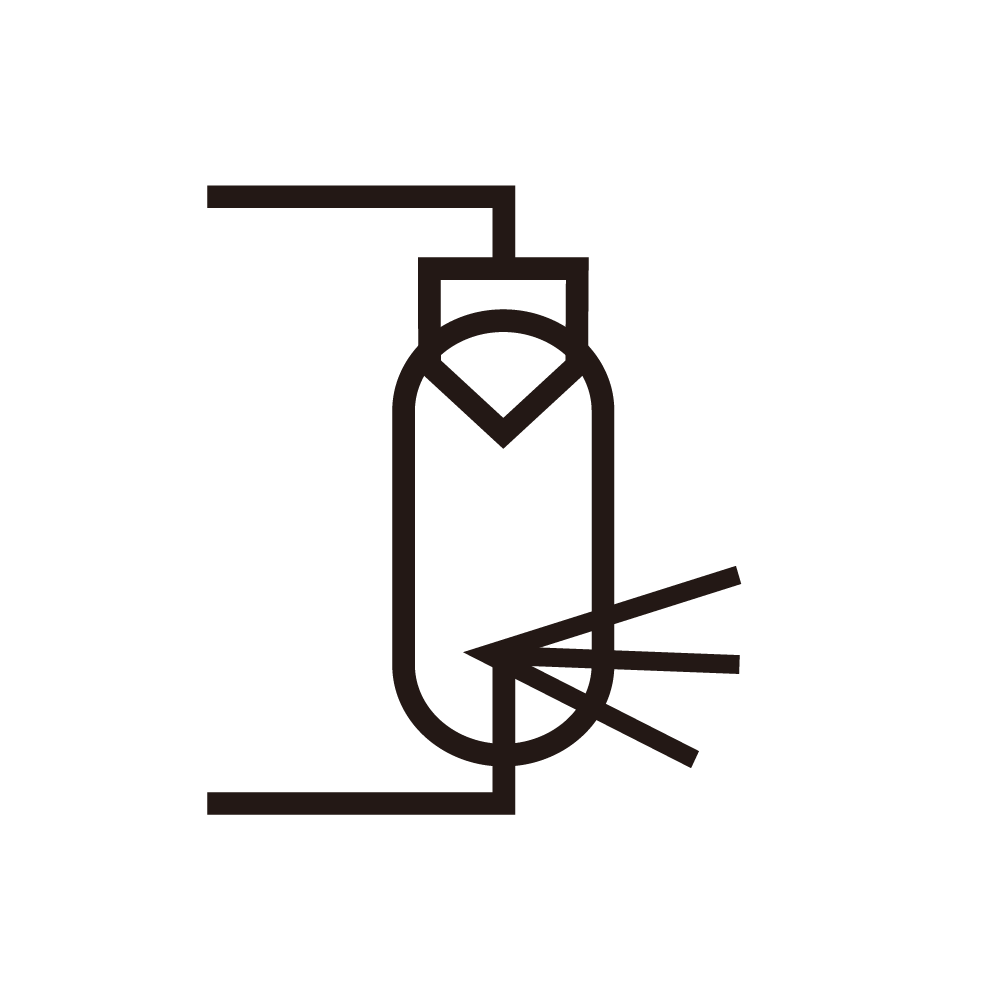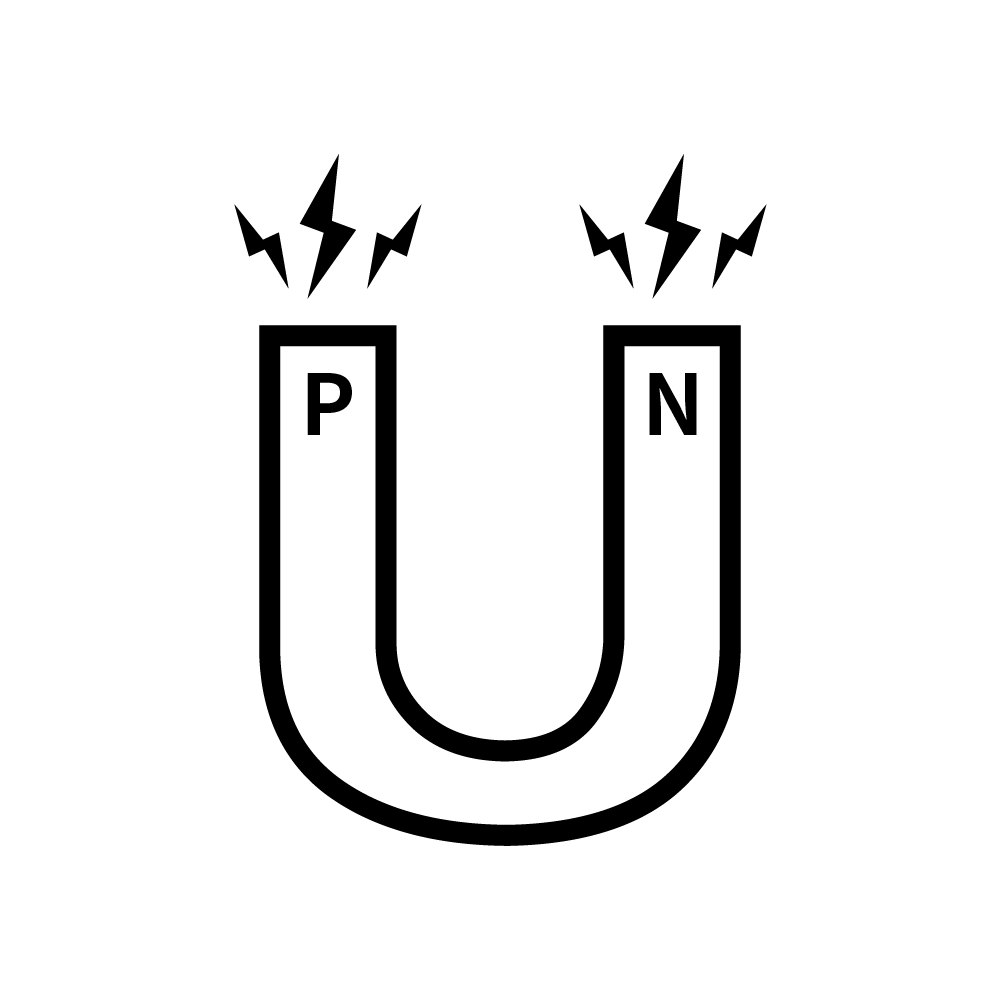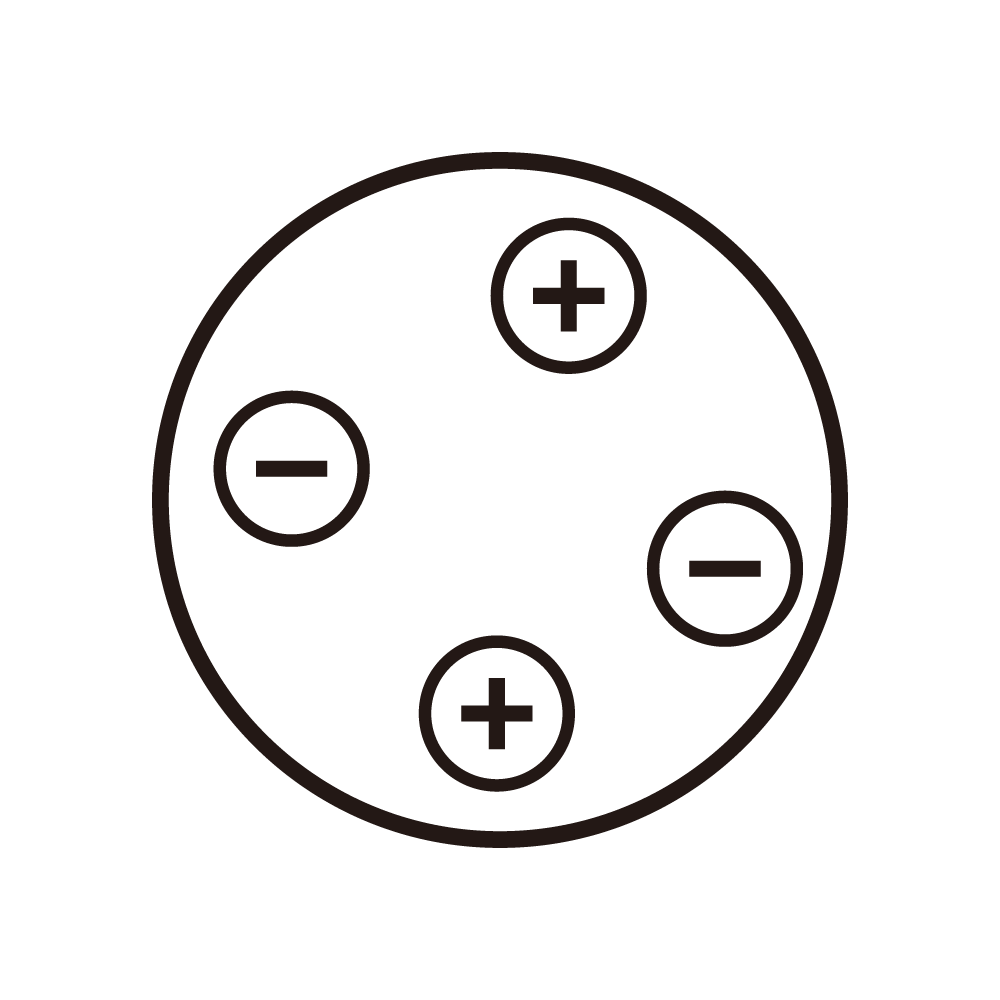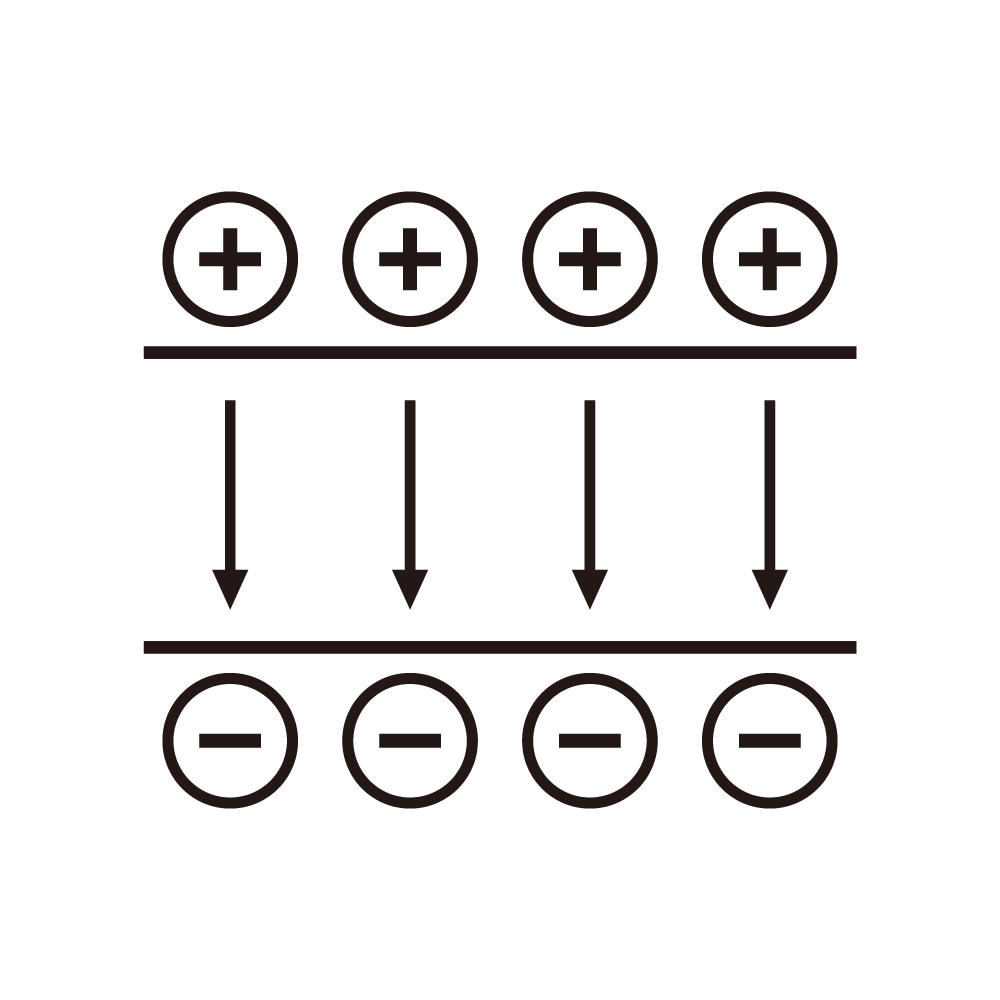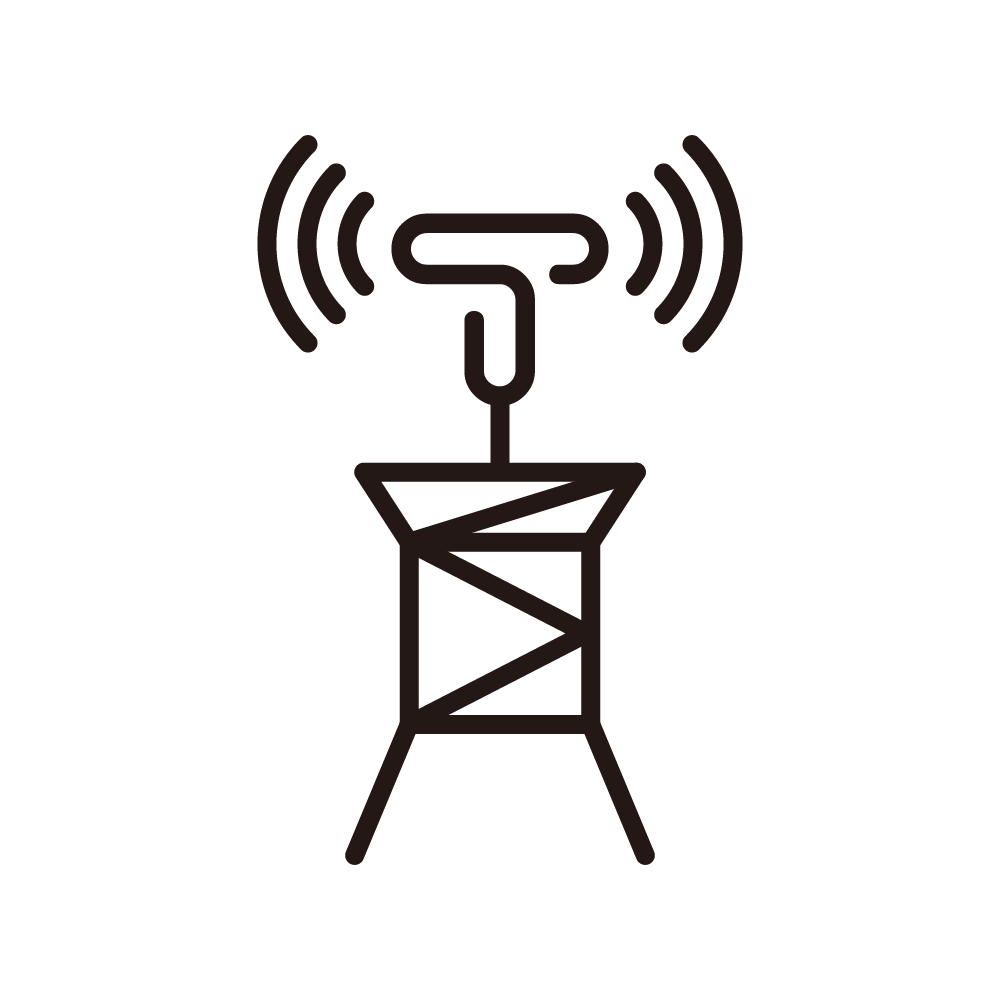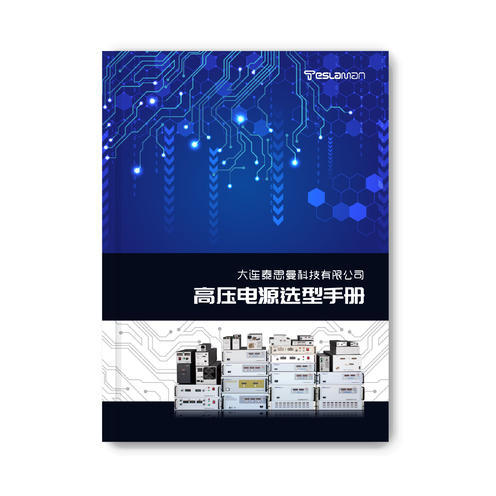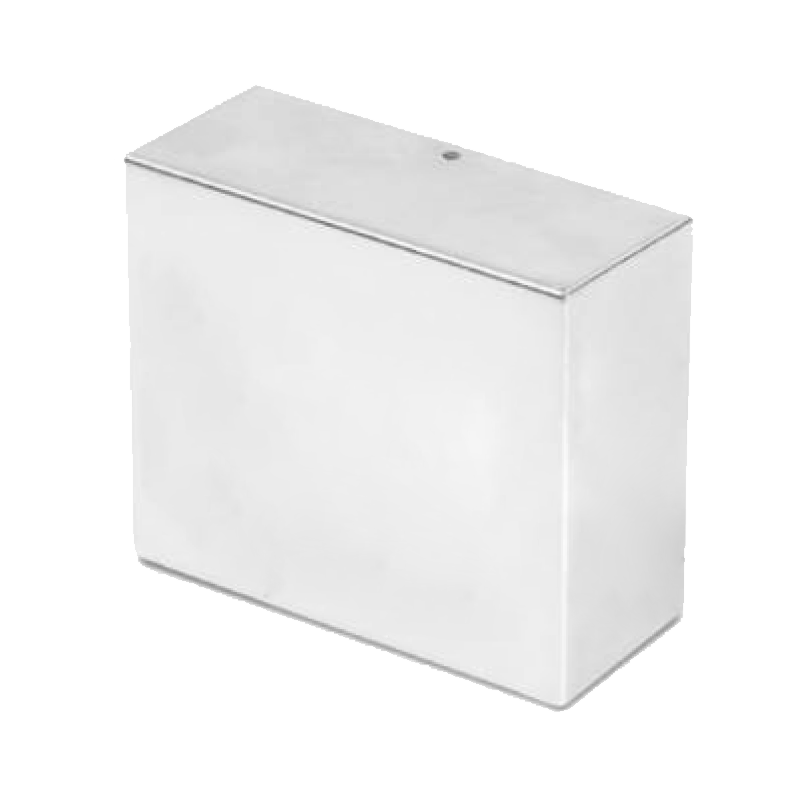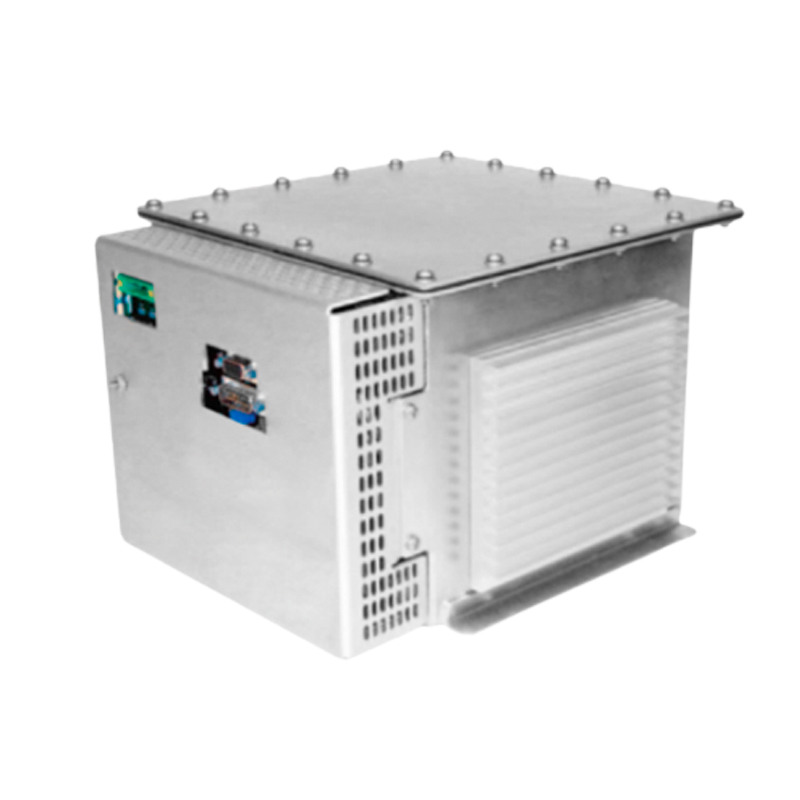High Voltage Insulation Structure Optimization and Dielectric Strength Enhancement
The reliability and safety of high voltage power supplies heavily depend on insulation design and dielectric performance. Concentrated electric fields in critical regions can lead to local discharge or dielectric breakdown, compromising long-term operation. Optimizing insulation structures and enhancing withstand voltage are therefore crucial for high-voltage system performance.
Material selection is fundamental. High dielectric strength, low dissipation factor, thermal stability, and moisture resistance are essential properties. Materials such as epoxy resin, ceramics, and polymer composites are commonly used to improve dielectric integrity. Optimized insulation thickness and spacing between high-voltage nodes prevent field-induced breakdown, while field grading techniques, such as electrode edge chamfering or shield rings, reduce local electric stress.
Structural optimizations include multilayer insulation and shielding to distribute the electric field more evenly. High-voltage PCB traces are designed with widened spacing, rounded corners, and optimized routing to minimize creepage and flashover risk. Additionally, encapsulation with insulating resins in high-stress areas enhances breakdown voltage and arc resistance.
Environmental factors like humidity and surface contamination can degrade insulation over time. Surface coatings, protective grooves, and sealed connectors mitigate leakage currents and flashover events, preserving dielectric strength. Through these strategies, high voltage power supplies achieve enhanced safety, withstand higher voltage levels, and maintain long-term operational reliability in demanding applications.
